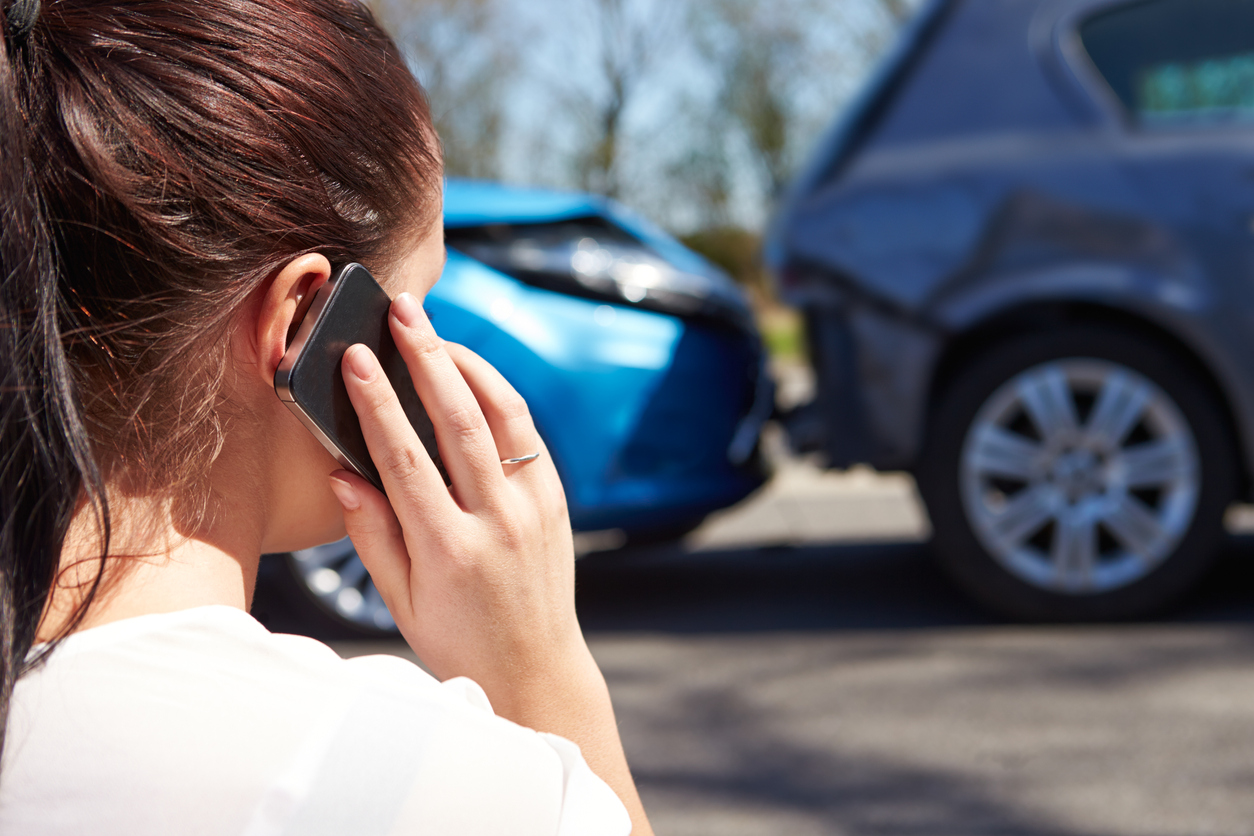Determining who is at fault in causing an accident has critical implications for any personal injury claim. The person who carries the fault in causing an accident is the one who will be found legally liable to pay damages to the person injured by the accident. Determining fault, however, can be a complex task and one requiring a fact-specific analysis of the circumstances surrounding an accident. Sometimes, the fault is clear. Other times, it may not be and witnesses may need to be brought in to recount their memories of what happened in the accident. Official accident reports will likely need to be reviewed as will any photographic evidence of the accident or its aftermath.
If you have been injured in a motor vehicle accident, you may find yourself worrying over fault. After all, sometimes a crash is caused solely by the negligent or wrongful acts of one other person. Other times, however, multiple parties may carry some of the burden associated with causing an accident. If you have been injured in a motor vehicle accident, you may be wondering what will happen if you are partially at fault for causing the accident.
What If I Am Partially At Fault in Causing an Accident?
There are several different legal standards applied to cases where more than one person is found to be at fault for causing an accident. The legal standard applied will depend on the laws of the state. Some states follow contributory negligence standards, although this is now the minority standard. Under a contributory negligence standard, an injured plaintiff that is found to be at all responsible for causing an accident will be barred from receiving any financial recovery. In a contributory negligence state, a plaintiff may be just 1% at fault for causing an accident and it will result in the inability to recover any compensation for harm sustained in the accident.
You may understand why the majority of states have moved away from contributory negligence laws as it appears to be extreme, to say the least. Most states now follow comparative negligence standards. Comparative negligence laws can act as a bar to recovery for a plaintiff found partially at fault for causing an accident, but, more often than not, the plaintiff will at least be entitled to some sort of monetary compensation despite partial fault.
In a modified comparative negligence state, a plaintiff cannot be equally or more responsible for causing an accident than the defendant. The state standards range from 49% to 51% for the allowable degree of fault a plaintiff can have and still be able to recover damages.
California, however, is a state which follows a pure comparative negligence standard. This means that an injured party can be nearly completely at fault for an accident and still be able to recover compensation. A plaintiff can be 99% at fault for causing an accident and still be entitled to a damage award. The damage award will, however, be reduced by the percentage of fault assigned to the driver. This would mean that a driver found to be 99% at fault would only receive 1% of the total damage award.
Personal Injury Attorneys
Legal representation matters in determining things like fault for an accident. The right advocate by your side can help present the facts to help make sure that your rights to compensation are protected and enforced. SoCal Injury Lawyers are here to fight for you. Contact us today.

